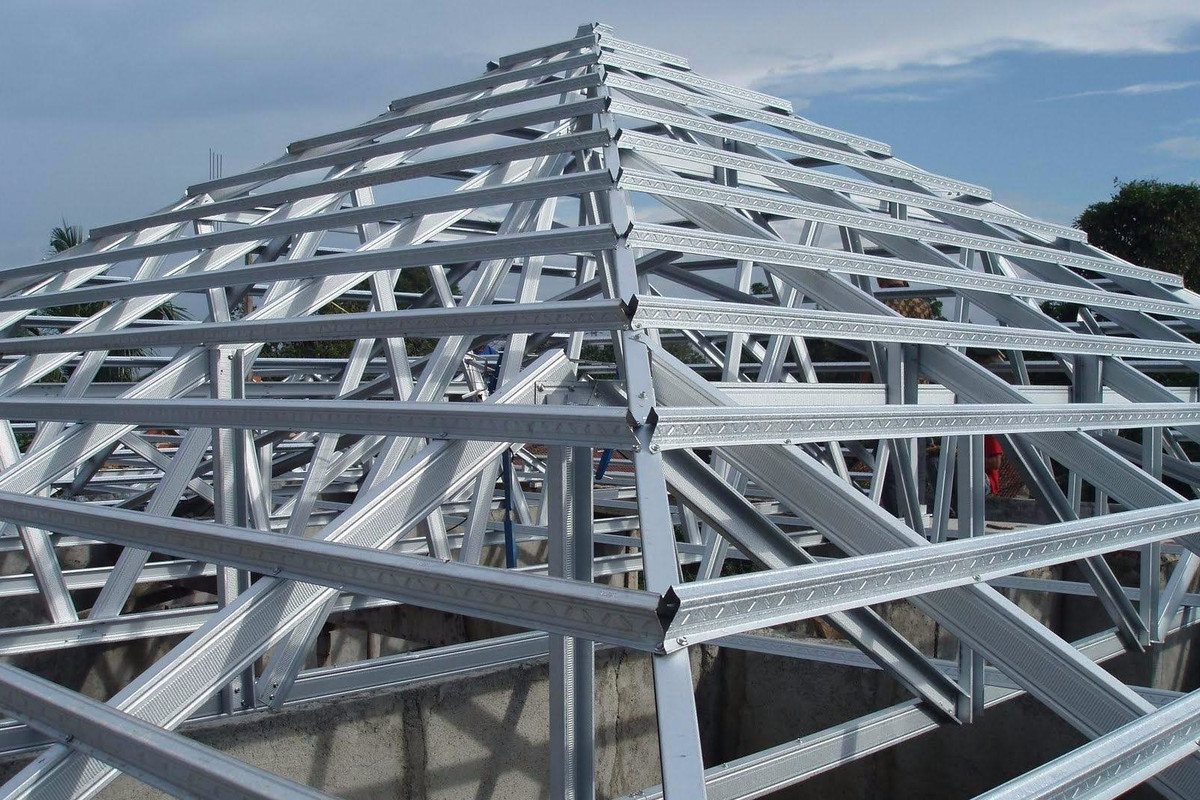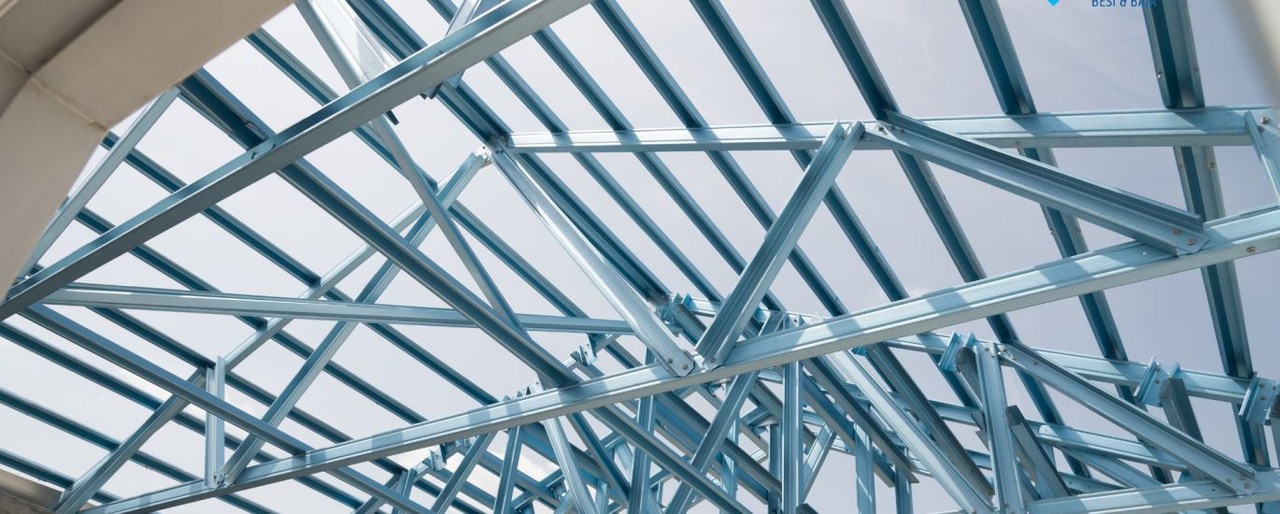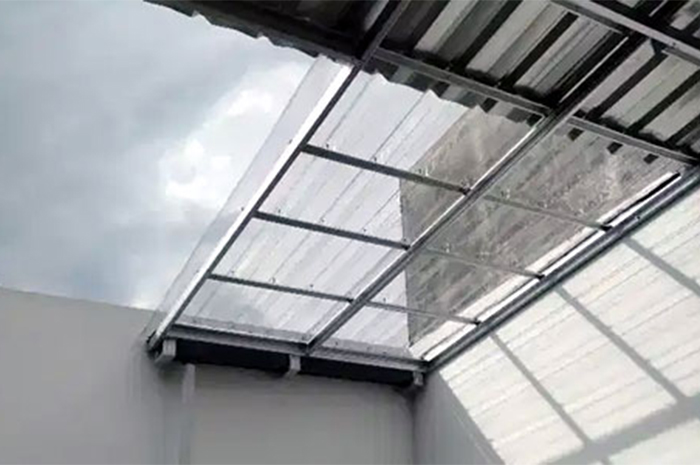Beranda > Artikel
Comparison of House Roof Frame Building Materials

The roof frame of the house is a very important building element because its function is to shade and protect the building elements below it. But no less important is the roof truss as a structure that supports the roof covering material. Broadly speaking, there are several materials that are most often used as roof truss materials, namely: wood, concrete, steel profiles, and mild steel. The following is a comparison of the advantages and disadvantages of each character of the material.
Wooden Roof Frame
The wooden roof truss is resistant to rust, weighs quite light about 10 kg/m2, the process of carrying out the work is fast, and the roof design is free. The drawbacks are the price of good quality wood is relatively expensive, not termite resistant, sometimes the size is less precise, expands and shrinks (not resistant to temperature changes), quickly spreads fire. For this reason, termite-resistant finishing is needed, and relatively more frequent maintenance is required.
Concrete Roof Frame
The type of concrete roof truss is the heaviest roof truss, which is around 30 kg/m2. Concrete roofs are known to be termite-resistant, resistant to rust, slow to spread fire, do not expand or shrink, and rarely require maintenance. The drawbacks are that sometimes the size is less precise (the size accuracy is not good), the process of carrying out concrete work is relatively long, and requires proper plaster finishing.
Steel Roof Frame
Weighing about 20 kg/m2, the steel roof truss is lighter than the concrete roof truss. Steel roof frames usually use WF steel profiles as beams and columns and CNP profiles as curtains. Steel roof trusses are also termite-resistant, slow to spread fire, easy and fast to install, do not expand and shrink, and rarely require maintenance. The drawback is that it is relatively expensive and less resistant to rust, so it must end with good quality stainless steel.
Light Steel Roof Frame
The lightweight steel roof truss weighs about 6 kg/m2 and is the lightest compared to other roof truss materials. The lightweight steel roof truss has good resistance to rust, is termite-resistant, slow to spread fire, does not expand or shrink, is easy and fast to install, and has a flexible roof design. The drawback is that all loads must be taken into account, calculations and installation must be carried out by experts. If the calculation is wrong, the load of the rods will be uneven and the strength of the roof can be reduced.
 Bahasa Indonesia
Bahasa Indonesia  Inggris
Inggris
 Bahasa Indonesia
Bahasa Indonesia  Inggris
Inggris
 The roof frame of the house is a very important building element because its function is to shade and protect the building elements below it. But no less important is the roof truss as a structure that supports the roof covering material. Broadly speaking, there are several materials that are most often used as roof truss materials, namely: wood, concrete, steel profiles, and mild steel. The following is a comparison of the advantages and disadvantages of each character of the material.
The roof frame of the house is a very important building element because its function is to shade and protect the building elements below it. But no less important is the roof truss as a structure that supports the roof covering material. Broadly speaking, there are several materials that are most often used as roof truss materials, namely: wood, concrete, steel profiles, and mild steel. The following is a comparison of the advantages and disadvantages of each character of the material.





